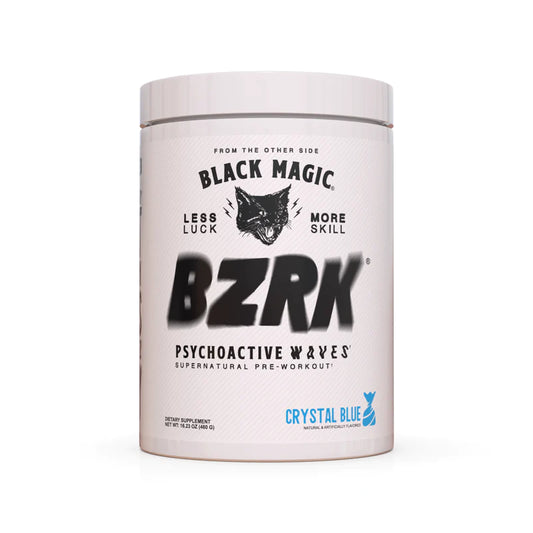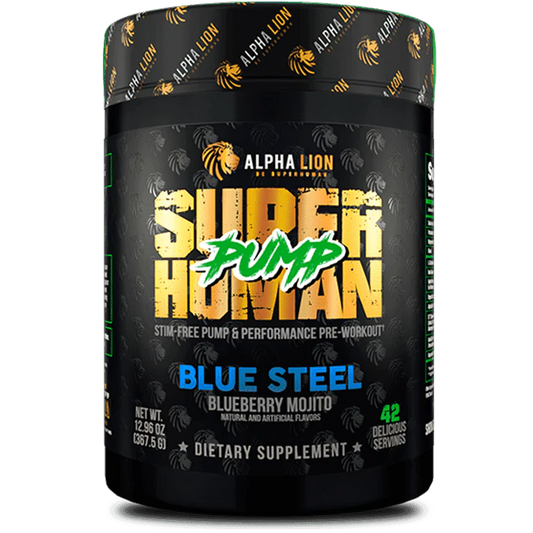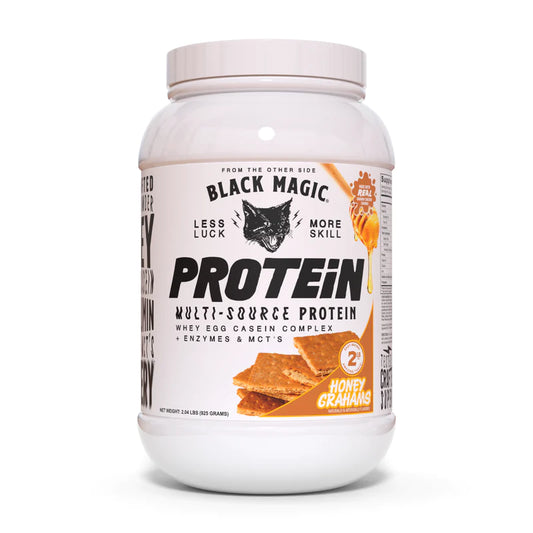The squat is one of the most fundamental and effective exercises for building full-body strength. When performed with proper form, squats engage multiple major muscle groups in the legs, hips and core. Mastering squat technique takes practice, but is essential for getting the most out of this exercise while reducing injury risk. In this comprehensive guide, we’ll break down proper squat form step-by-step, troubleshoot common mistakes, and provide tips for continually improving.
Proper Squat Stance
The foundation of a proper squat is your stance - feet position and hip width have a big impact on squat mechanics and muscle activation. Here are some key pointers on finding your optimal squat stance:
- Feet slightly wider than shoulder width, toes angled out 15-30 degrees. Widening your stance recruits more glutes/inner thighs.
- Point feet straight ahead or slightly turned out, not excessively angled outward. Find a foot angle that feels stable.
- Set your feet flat and grounded throughout the lift, resisting the urge to come up on the toes.
- Position feet under your hips or slightly wider. Too narrow of a stance can throw off balance.
- Maintain weight balanced through the full foot. Do not roll inward or outward.
Experiment with different foot widths and angles to find a stance that feels rooted and balanced as you squat. Your ideal squat stance may change over time.
Squat Bar Position
Properly positioning the bar on your back is critical for safety and performance in the squat. Here are some key tips:
- Rest the bar comfortably on top of your rear shoulder muscles - slightly below the bony spine. Do not rest on your neck.
- Squeeze shoulder blades together to create a solid shelf for the bar to rest on. Keep this tension as you squat.
- Hands positioned wider than shoulder width on the bar for leverage, with elbows pointing downward.
- Pull bar firmly into your back to engage lats and stabilize. Do not relax grip during the lift.
- Low bar position (on rear delts) preferred for more powerlifting style squat. High bar targets quads more.
The exact bar placement may vary based on mobility, but focus on keeping it stable by engaging the upper back muscles. If the bar rocks or shifts excessively, your position needs work.
Squat Descent Mechanics
The descent phase of a squat requires coordination and control to maintain proper form. Follow these cues:
- Inhale at the top, holding breath to brace core throughout descent.
- Initiate squat by pushing hips back like sitting down in a chair. Break at the knees/hips simultaneously.
- Lean torso forward slightly, moving bar path over midfoot as you descend.
- Descend slowly under control, keeping knees aligned over feet without caving inward.
- Reach full squat depth when thighs are at least parallel to floor. Do not round low back.
- Weight remains through center of foot. Heels stay planted without lifting.
The exact squat depth you can achieve will vary based on mobility restrictions. Go as deep as you can while keeping lower back neutral.
Executing A Powerful Squat Ascent
Driving out of the bottom correctly is critical for both power and injury prevention:
- Maintain tension and start drive by pushing through midfoot and rotating hips and knees outward.
- Ascend by extending knees and hips simultaneously until legs are straight.
- Move explosively during the ascent. Do not slowly rise. Develop power.
- Exhale at top and re-establish a stable base of support. Finish each rep fully.
- Do not lock knees at top excessively. Maintain slight bend to protect joints.
Keep the weight centered through your body during the ascent. Do not shift forward or backward. Power comes from coordinated hip and knee extension.
Common Squat Mistakes To Avoid
There are several form errors to watch out for when mastering the squat:
- Rounding low back - Caused by poor mobility or descending too deep. Keep chest up and neutral spine.
- Weight on toes - Usually from poor balance or mobility. Stay grounded through whole foot.
- Knees caving inward - Focus on pressing knees outward to keep stable and engage glutes.
- Ascending with hips first - Simultaneously extend hips and knees. Do not finish reps with your butt.
- Shaky or uneven bar path - Indicates weak upper back stability or mobility restrictions. Brace and maintain bar control.
- Not reaching parallel - Compromises strength gains from full range of motion. Drop as deep as you can without rounding.
Mastering proper squat form takes practice. Film your sets occasionally to check for errors. Leave ego aside and use an appropriate weight that allows quality technique. If your form deteriorates at heavier loads, reduce the weight.
Squat Variations for Targeted Development
While the standard back squat is extremely effective for overall leg strength, slight alterations in stance and technique can shift emphasis to different muscle groups:
- Wide stance squats with toes angled out target inner thighs and glutes to a greater degree.
- Front squats with crossed arms place greater demand on your upper back and quads.
- Overhead squats require significant shoulder mobility but build total body coordination and stability.
- Box squats allow you to reach a consistent depth while building strength out of the bottom position.
Experiment with different squat variations periodically for more well-rounded development. However, make sure you have a solid foundation of proper form on standard back squats first.
Squat Depth and Mobility Considerations
How deep you can safely descend in the squat depends on a few key factors:
- Ankle mobility - Restrictions in ankle dorsiflexion will limit depth. Widen stance and elevate heels as needed.
- Hip mobility - Tightness in hips/glutes can prevent hitting parallel. Consider deep goblet squats to improve.
- Torso structure - Longer torsos need a more horizontal back angle to balance the lift.
Do not force range of motion that causes you to excessively round your lower back. Go as low as you can while keeping neutral spine. If mobility issues persist, raising your heels on small plates can help you reach appropriate depth until mechanics improve.
Getting Stronger in the Squat
The squat responds very well to intelligent programming for building strength over time. Here are some keys:
- Follow a gradual loading progression using submaximal weights initially. Build a foundation first.
- Use a controlled descent focusing on stability and tension. Explosively drive out of the bottom.
- Include both front and back squats for variation. Change rep ranges and intensity periodically.
- Ensure sufficient depth but do not compromise form. Establish good technique before going too heavy.
- Also strengthen your upper back, core and single leg stability for best squat performance.
Avoid overly aggressive loading jumps or trying to max out too frequently. Be patient and focus on quality technique as you build squat strength for the long run.
Squat Warm Up and Injury Prevention
Given the heavy loads involved, properly warming up is critical for both performance and injury prevention:
- Foam roll and mobilize your hips, glutes, ankles before starting. Improve tissue quality.
- Do bodyweight and banded squats to activate glutes and reinforce movement pattern.
- Use empty barbell for high rep sets to refine technique and lightly prepare muscles/joints.
- Build to your working weight with controlled increments, doing a few reps at each stage.
- Cool-down and stretch hips and legs thoroughly after training. Prioritize muscle recovery.
Take your time ramping up weight during your warmup sets. Rushing with heavy loads on cold muscles is a recipe for injury and failed lifts. Treat every squat session as a skill practice.
The Bottom Line on Squats
When executed properly, the squat is one of the best exercises for developing functional lower body strength and power. Mastering proper squat form requires patience and practice, but is a skill that pays huge dividends over your training career. Film your sets, check your ego, and continually refine your technique as you progress to heavier weights. With dedication to proper form and targeted programming, your squat has massive strength potential.
Featured collection
-
Black Magic BZRK
Regular price $44.00 USDRegular priceUnit price / per -
Super Human Pump, Stimulant Free Preworkout
Regular price $48.00 USDRegular priceUnit price / per -
Black Magic Protein
Regular price $44.00 USDRegular priceUnit price / per -
 Sold out
Sold outEssential Preworkout
Regular price $39.00 USDRegular priceUnit price / per



